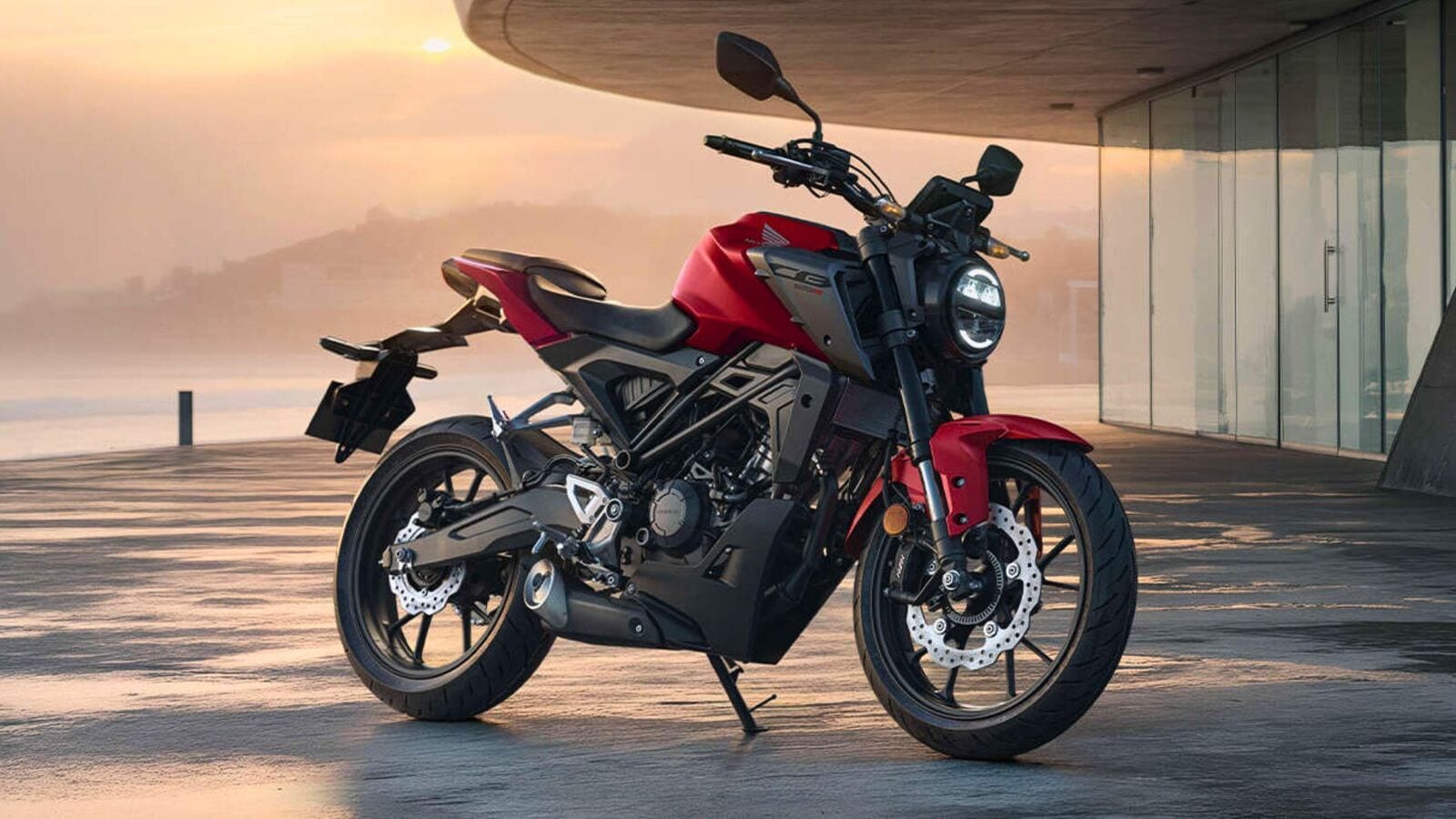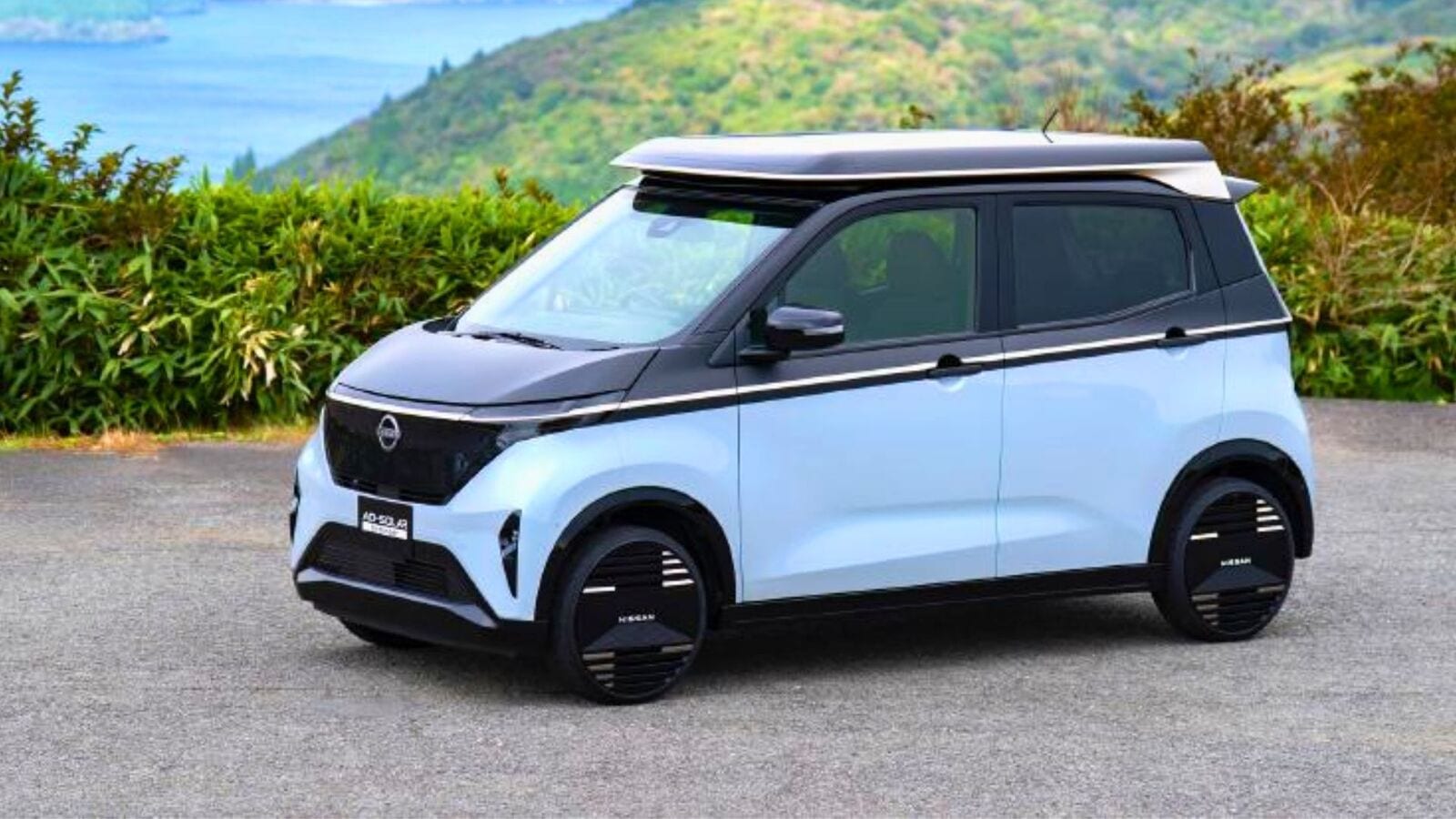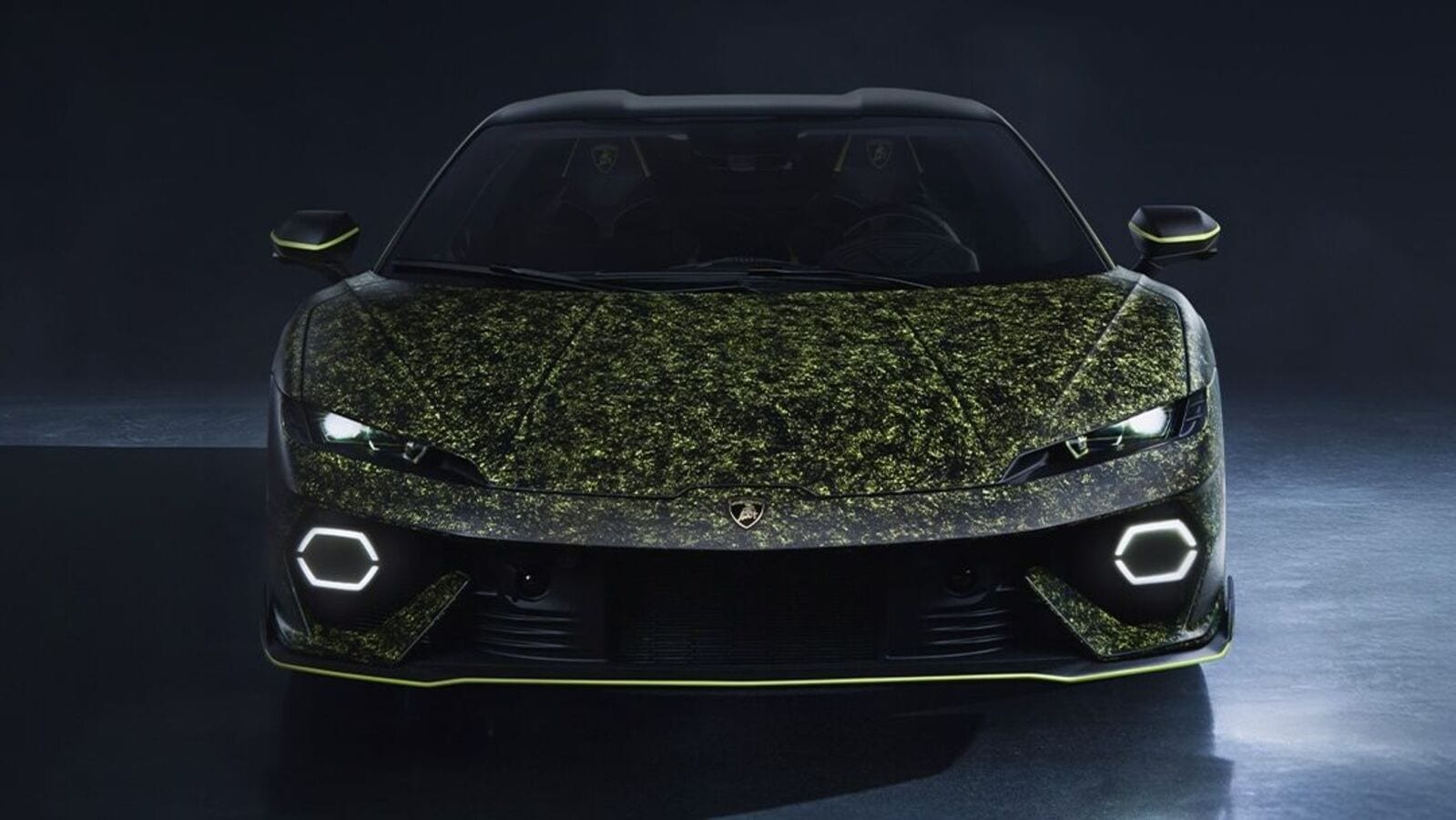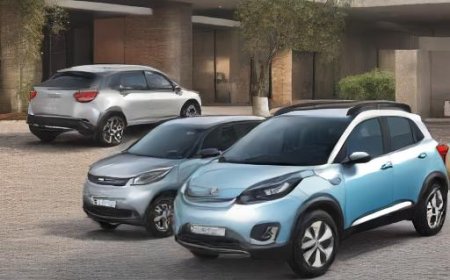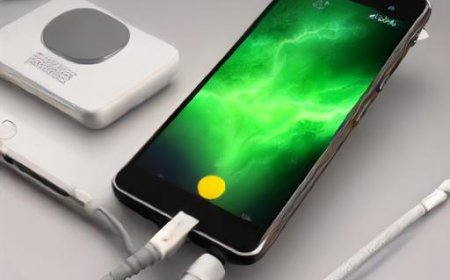Samsung Galaxy S25 Edge Review
The Galaxy S25 Edge sure is thin, but it gives up so many other elements in the process that it becomes a lesser phone while remaining pricey.


Samsung already had a lineup of solid phones on its hands with the Galaxy S25 series, and it opted to round out the collection by making an extra-thin model: the Galaxy S25 Edge. Where the other phones can push up to 8mm thick, the S25 Edge trims down to just under 6mm. That sure is thin for a phone, but if a matter of millimeters doesn’t sound like a major difference, you’re already catching on to the biggest issue the S25 Edge faces. The Galaxy S25 Edge may be built like a high-end smartphone, but that pursuit of thinness comes with several key compromises that impact the phone's overall quality.
Samsung Galaxy S25 Edge – Design and Features
Samsung has undeniably managed to trim down the Samsung Galaxy S25 Edge compared to the rest of its recent phones, not to mention most of its competition. The S25 Edge is just 5.8mm thick, down from the Galaxy S25 Ultra’s 8.2mm. The difference is subtle in the pocket but plain to the naked eye. There’s also a tangible weight difference, with the phone weighing 2 ounces less than the S25 Ultra at just 5.7 ounces.
But the S25 Edge still isn’t razor sharp, in part because it has flat edges. After I dug out some old phones for comparison, I found it really doesn’t feel meaningfully thin compared to where smartphones were about nine years ago. My old OnePlus 5 felt about as thin thanks to its curves (even if it’s 7.3mm thick), and the original Moto Z still has the S25 Edge beat by 0.1mm. Of course, the S25 Edge is the only of these phones packing the latest hardware. That comes with caveats of its own, though.
The S25 Edge might look like the S25 Ultra, down to the color scheme, but flipping it over to the back, the simple two-camera setup is markedly lacking next to the quad-camera setup that the Ultra offers. Of course, there’s no S Pen either.
Samsung did opt for a large, 6.7-inch display, giving it more room to squeeze in other crucial internals, like the 3,900mAh battery – albeit a bit small for a phone these days. It is at least a quality LTPO AMOLED display, offering a sharp 1440x3120 resolution that runs smooth at up to 120Hz. It also gets plenty bright for easy visibility in most cases, though doesn’t have the same anti-glare coating of the S25 Ultra either.
While the screen is pretty good, I did notice some odd color shift when viewing it from an angle. It’s warmer straight on, but at angles of even just 10-20 degrees, it gains a cooler tone. It’s most perceptible in large areas with a solid color, though it can otherwise be hard to detect. Thankfully, this means most media isn’t going to be impacted. And with the potent stereo speakers the S25 Edge has on board, movies and TV are still easy enough to enjoy on the phone.
Like its siblings, the S25 Edge offers a fingerprint scanner built into the display along with facial recognition for unlocking the phone. Both have worked quickly and reliably in my testing. Other stowaway features from the S25 Ultra: The S25 Edge kept the titanium frame and 15W wireless charging, though wired charging peaks at 25W. It can survive dips into 1.5-meter deep water for up to 30 minutes. It has some different blends of Gorilla Glass, but it’s still tough stuff. Alas, even that's not immune to blemishes, with the rear of the phone exhibiting unsightly scratches after the couple weeks I spent with it.
Detailing the design and features of the S25 Edge eventually begins to feel a bit like discussing things Samsung packed into the S25 Ultra and gave up for the Edge. And that brings us to a key point: All you’re really getting is a phone that shaves hairs of the size of the phone and its weight, and leaves a lot on the table in the process. Never mind that the camera bump almost doubles the thickness of the phone at its corner. The camera also has a small recess around it that is likely to accumulate dust and gunk over time, and I can only hope it doesn’t pop off as easily as the camera housings on the S25 Ultra, as Zack from JerryRigEverything demonstrated so well.
Samsung Galaxy S25 Edge – Software
The Galaxy S25 Edge comes running Android 15 and will get seven years of OS and security updates. Samsung’s One UI is pretty customizable, even allowing for things like mirror navigation buttons at the bottom of the display for folks who haven’t switched to gesture navigation. I’ve always respected Samsung’s flexibility but been annoyed by its insistence on signing in with a Samsung account in the past. Thankfully, the S25 Edge can be set up with just your Google account. The phone will still come with some of Samsung’s take on various apps though, like Contacts, My Files, Calendar, and its own internet browser.
Samsung Galaxy S25 Edge – Gaming and Performance
Like other flagship Android phones this year, the Galaxy S25 Edge runs on a Snapdragon 8 Elite chip. For other devices, this chip has enabled extreme performance, and the Galaxy S25 Edge is no exception. Here's the thing: Heat has been an issue on just about every device I've tested with the Snapdragon 8 Elite. They pretty much all end up throttling a bit when performing heavy loads for a long time, even if they have active cooling or large vapor chambers. Because of the Galaxy S25 Edge’s size, it has neither of those things and experiences thermal throttling issues much sooner and more severely than other phones.
Though it performed well in single benchmark runs, largely keeping pace with the Galaxy S25 Ultra and other high-end Android phones, its performance throttles quickly in sustained loads. In 3DMark’s Steel Nomad Light Stress Test, which repeats the benchmark 20 times in a row, the phone had one good run and then quickly dropped, losing 16% of its performance after the first run and over 50% by the end of the 20 runs. Another benchmark saw the CPU temps rise from 84.2 degrees Fahrenheit to 105.8 degrees after a single run. Running the same benchmark immediately after, temps rose even further and the performance dropped by 20%.
While this doesn’t prevent the phone from being a speedy device in everyday operation, especially with 12GB of memory keeping frequently accessed apps readily available, it does mean that heavier workloads will prove problematic. Aside from light games, you can expect performance to sag quickly and temperatures to rise just as fast. The heat is largely localized near the camera sensors, so the S25 Edge at least avoids becoming uncomfortable to hold in a one-handed grip.
As mentioned earlier, the slim design comes with a smaller battery than you’d expect in a phone with this big a screen. Thankfully, this hasn’t prevented it from managing a reasonable all-day battery life. But with phones like the OnePlus 13 readily pushing into two-day territory, the S25 Edge’s battery performance certainly doesn’t feel that impressive.
Samsung Galaxy S25 Edge – Cameras
The Galaxy S25 Edge isn’t quite the camera powerhouse that its siblings are. It borrows some of the same sensors, but not some of the best ones. With just two rear sensors, it’s not offering the same kind of versatility that even the base Galaxy S25 provides. Here’s a quick rundown of the cameras onboard the Edge:
- 200MP wide, f/1.7, 1/1.3”, OIS, EIS
- 12MP ultrawide, f/2.2
- 12MP Selfie, f/2.2, 1.12-micron, 1/3.2”
Unsurprisingly, the Galaxy S25 Edge has an excellent main camera sensor, borrowing the same one found on the Galaxy S25 Ultra. The phone snaps sharp photos, though it bins down from 200MP to just 12MP. Samsung’s processing tends to boost color saturation, which can have a fun and lively look to it, but doesn’t always lead to the most lifelike images. The large sensor and wide aperture have good light-gathering potential, allowing the phone to take photos fairly quickly in darker environments. That, combined with the night mode, makes for surprisingly bright photos without as much risk of motion blur.
What the Galaxy S25 Edge especially lacks is quality zoom. Its main sensor can crop in to produce a digital zoom, but the quality drops tremendously further out. At 2X zoom, photos look reasonably close to the quality of the sensor at 1X, and they certainly look sharper than a 1X blown up to 200%. Push to 4X, though, and weird digital zoom artifacts like softer details and bizarre auras around some objects and people in the shot begin to noticeably crop up.
The ultra-wide is a downgrade from the S25 Ultra. It doesn’t have as high a resolution nor as much light-gathering potential, which can result in softer-looking details, especially in dimmer scenarios. Taking photos in the same conditions, the ultra-wide sensor will produce more noise than the main sensor.
Unfortunately, the main sensor struggles to get very close to subjects, so in those tight shots, the phone will try to switch over to a Macro mode that crops in on the ultra-wide sensor. The result is a photo that’s in focus, but with softer details and a greater likelihood of noise.
The selfie camera is the same shared among the S25 family. It produces reasonably crisp photos and offers the same vibrant colors you’ll find from the main sensor. It won’t be as sharp or capable in low-light settings, but it gets the job done otherwise.





